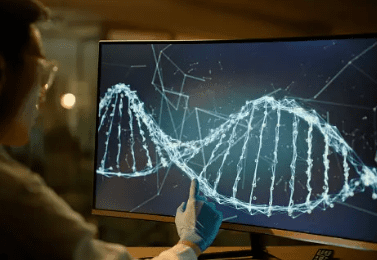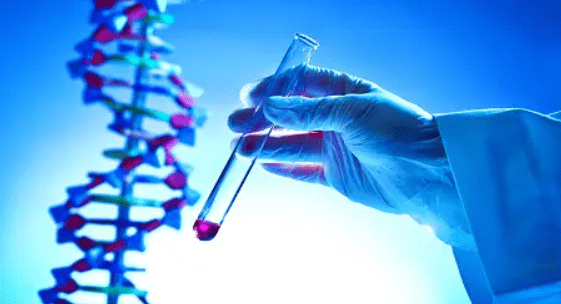One of the serious blood disorders, beta thalassemia, can now be cured by a new gene therapy using the revolutionary gene-editing tool of CRISPR-Cas9 technology that is giving hope to hundreds of sufferers in England. The one-time therapy would ensure the faulty genes in their bone marrow are rectified. Trials have already shown more than 90% success in keeping patients symptom-free.

Imagine a future when one treatment will be enough to rid a person of life’s serious illnesses. For hundreds in England suffering from beta thalassemia—a disorder to the red blood cells that leads to a short life expectancy—the future seems right around the corner. Now, though, with gene therapy using the breakthrough of CRISPR-Cas9, there is hope.
Beta thalassemia, along with sickle cell disease, is a blood disorder whereby the body is unable to produce enough healthy red blood cells, leading to serious health complications and, in most cases, a short life expectancy. However, the NHS is on the verge of introducing a new treatment that is going to change the lives of some 460 people in England living with this condition.
Within the next few weeks, this new treatment, known as CRISPR-Cas9 gene therapy, will be offered at seven centers within NHS England. This gene therapy works to repair the faulty gene causing beta thalassemia. This is a one-time treatment; therefore, following just one procedure, patients could be cured.
But how does it work? Doctors shut off a defective gene that causes the problem initially. This faulty gene produces a protein called adult hemoglobin, HbA, residing in red blood cells. Instead, the therapy activates another protein known as fetal hemoglobin, HbF.
After that, the faulty gene is removed from the cells and replenished with new, edited stem cells that have been treated using gene editing technology, CRISPR-Cas9. Since these stem cells come from the patient’s body, there are no medications to suppress the immune system, usually needed with other kinds of transplants. In time, these new stem cells should be able to produce enough healthy fetal hemoglobin to keep the patient’s blood functioning normally.
Results from trials of this therapy have been nothing short of remarkable. More than 90 percent of patients treated with CRISPR-Cas9 remained free of symptoms, offering the hope that this could be a lifelong cure for beta thalassemia.
Yet this gene therapy is not everything in the field of beta thalassemia treatment; it gives hope to people with sickle cell disease, another extreme blood disorder. Both conditions are not alike, yet in both of them, there is malfunctioning with hemoglobin in the red blood cells, so in these two disorders, Cas9-CRISPR therapy can be helpful.

There are, however, some big questions that still have to be answered. One of the biggest questions is, of course, the cost of treatment. Gene therapies like CRISPR-Cas9 are very expensive, and at this point, it’s not clear how NHS would be able to afford them. Would the treatment be available to all those in need of it, or will there be restrictions? How about patients in other parts of the world? How will they access this life-saving treatment?
There’s also the question of what the long-term effects of the treatment will be. While to date the results are promising, we don’t know how well the therapy will do over many years. Will there be a need to repeatedly treat patients, or is this really going to be a one-time cure?
Though these uncertainties exist, there is no denying that the potential for a therapy with the application of CRISPR-Cas9 is huge. This could be the cure that would save hundreds of people in England suffering from beta thalassemia and provide them with the opportunity to live a normal life free of the symptoms of their disease. Doctors and researchers hail this as a major breakthrough in the fight against genetic disorders.
The NHS’s decision to provide this treatment is a landmark moment in medical history. It really does give evidence of just how incredibly powerful modern science has become and what gene therapy is capable of doing. As it rolls out in the coming weeks, the world’s eyes are focused on the results with the hope that this is just the beginning of a new future for medicine.

Ultimately, gene therapy with the development of the powerful editing tool of CRISPR-Cas9 could provide a treatment cure for many genetic disorders not only in England but worldwide. For now, it targets beta thalassemia, but in the future, possibilities are endless.


